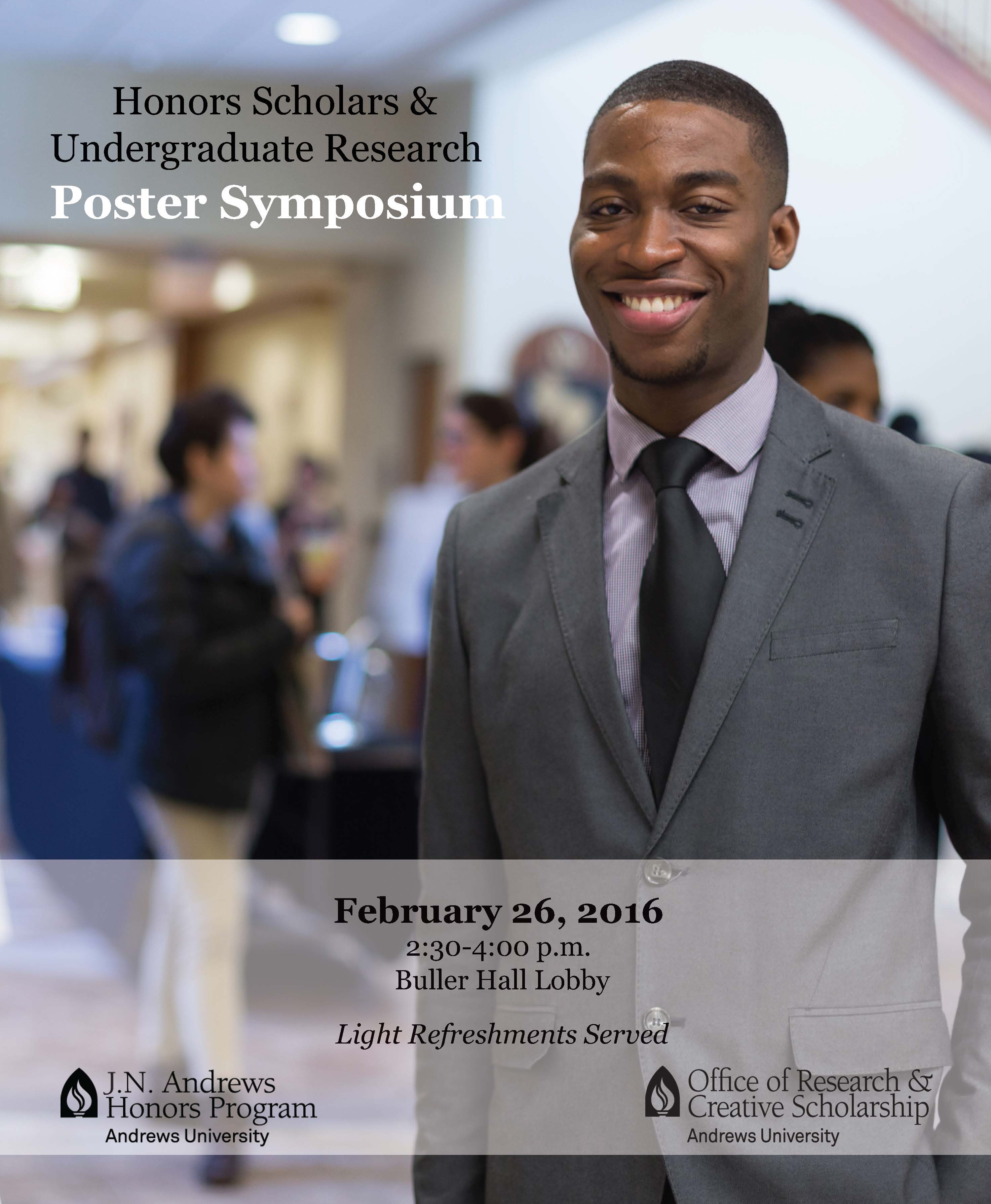P-10 “You Think I Look Like Marx?”: Tracing Hybridity through the Imagination of God in Marjane Satrapi’s Persepolis
Abstract
Set during the turbulent 1980’s in Iran, Marjane Satrapi’s postcolonial autobiographical graphic narrative Persepolis (2003) explores how the clash of ideologies within a country manifest during childhood. Postcolonial literature often features a forceful, physical Western presence dominating a non-Western culture. However, I argue that the simple binary of the oppressive versus the oppressed does not apply here. Instead, East and West come together to form an amalgamation of ideas that cannot be identified as fully “Eastern/Islamic” or “Western.” Persepolis presents a seemingly Anglicized God who rejects both Western philosophy and Iranian revolution. My project traces Marji’s imagined interactions with God in order to put forward the claim that Persepolis uses him to demonstrate the difficult, yet ultimately liberating process of cultural hybridization.
Thesis Record URL
Location
Buller Hall
Start Date
2-26-2016 2:30 PM
End Date
2-26-2016 4:00 PM
P-10 “You Think I Look Like Marx?”: Tracing Hybridity through the Imagination of God in Marjane Satrapi’s Persepolis
Buller Hall
Set during the turbulent 1980’s in Iran, Marjane Satrapi’s postcolonial autobiographical graphic narrative Persepolis (2003) explores how the clash of ideologies within a country manifest during childhood. Postcolonial literature often features a forceful, physical Western presence dominating a non-Western culture. However, I argue that the simple binary of the oppressive versus the oppressed does not apply here. Instead, East and West come together to form an amalgamation of ideas that cannot be identified as fully “Eastern/Islamic” or “Western.” Persepolis presents a seemingly Anglicized God who rejects both Western philosophy and Iranian revolution. My project traces Marji’s imagined interactions with God in order to put forward the claim that Persepolis uses him to demonstrate the difficult, yet ultimately liberating process of cultural hybridization.




Acknowledgments
Dr. Vanessa Corredera